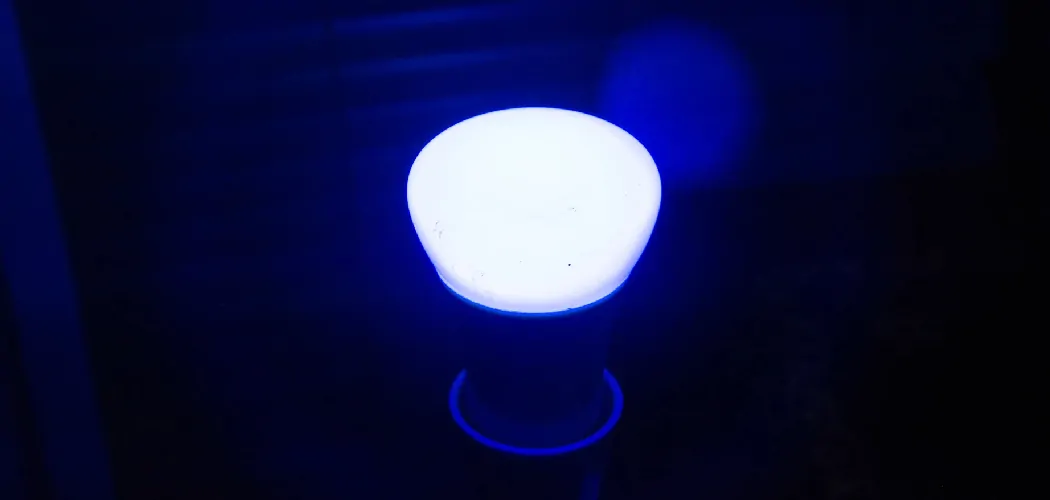Testing a bulb or fixture’s light lumens is essential in ensuring that it is functioning to its full potential. Light lumens refer to the amount of light emitted by a source and are measured in lumens (lm). The higher the lumen count, the brighter the light output.
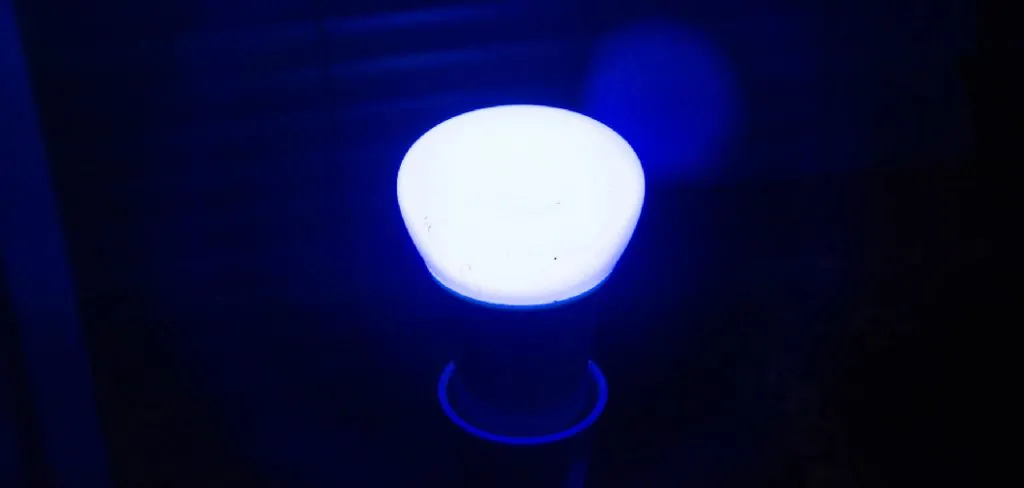
Several methods for testing light lumens include using a light meter, calculating lumens based on wattage, or using an online calculator. This guide will discuss each method and how to test light lumens of your bulbs or fixtures. So, let’s get started!
Understanding Light Lumens
Before exploring the testing methods, it is important to understand light lumens. As mentioned earlier, lumens are a unit of measurement that determines the amount of light emitted by a source. This is different from wattage, which measures the energy consumption of a bulb or fixture.
The concept of light lumens can be confusing for some, as we are used to associating brightness with wattage. However, with the development of energy-efficient lighting options such as LED and CFL bulbs, it is essential to understand that lower wattage does not necessarily mean lower brightness.
In fact, an LED bulb with a lower wattage can produce the same amount of light (or even more) as a traditional incandescent bulb with a higher wattage.
11 Best Methods on How to Test Light Lumens
1. Using a Light Meter:
A light meter is one of the most accurate ways to test light lumens. This device measures the amount of light emitted by a source and gives a reading in lux or foot candles, which can then be converted into lumens. Place a light meter in front of the bulb or fixture and take a reading. Be sure to record the distance between the light source and the meter, as this will affect the accuracy of the measurement.
2. Calculating Lumens Based on Wattage:
Another method for testing light lumens is calculating them based on wattage. This method works best for traditional incandescent bulbs with a known wattage and efficiency.
You can use a simple formula – lumens = wattage x efficiency (lm/W) – to determine the lumen count of your bulb. A quick online search can provide you with the necessary information if you are still determining the efficiency.
3. Using an Online Calculator:
If math is not your strong suit, don’t worry! There are several online calculators available that can help determine lumen count based on wattage and efficiency. Input the required information, and the calculator will do the work for you. This method is quick and convenient, but the accuracy may vary depending on the efficiency of your bulb or fixture.
4. Comparing Bulbs:
If you have two bulbs with known lumen counts, you can compare them to estimate the lumen count of an unknown bulb. Place the two bulbs at a known distance from each other and adjust their positions until they appear equally bright. Then, measure the distance between the bulbs and take note of it.
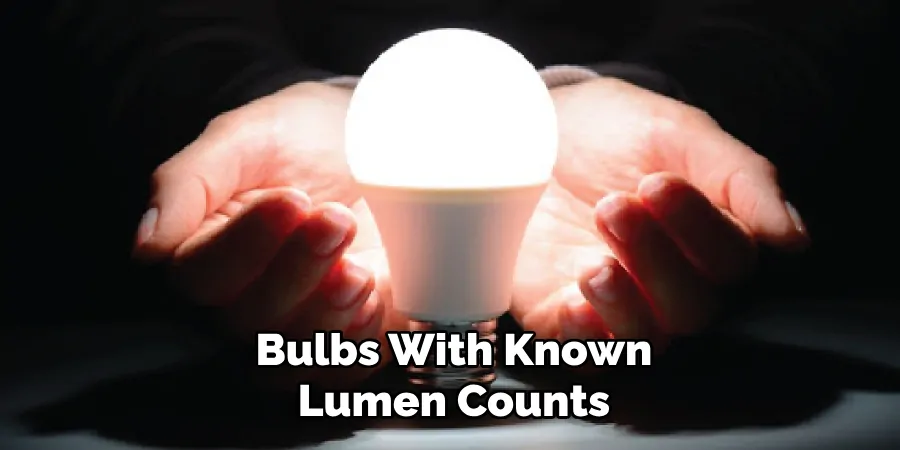
Next, replace one bulb with a different wattage and repeat the process until you find two bulbs that appear equally bright at the same distance. This method is less accurate than using a light meter, but it can give you a rough estimate.
5. Using a Smartphone App:
Yes, there is an app for that! Several smartphone apps are available that turn your phone’s camera into a light meter. These apps use the camera’s sensor to measure the amount of light and give a reading in lux or lumens. While these may not be as accurate as a professional light meter, they can still provide a decent estimate. This method is more suitable for casual use or those on a budget.
6. Using a Light Box:
A lightbox is a device consisting of evenly distributed lights and diffusing material, making it an ideal tool for testing light lumens. Place the bulb or fixture inside the lightbox and take a reading with a light meter to determine the lumen count.
This method provides more consistent results compared to other methods. If you cannot access a lightbox, you can create one using a cardboard box and white paper or cloth.
7. Comparing Light Output:
Similar to comparing bulbs, this method involves comparing the light output of two sources. However, instead of comparing the brightness visually, you can use an integrating sphere – a hollow sphere with a uniform inner surface that evenly distributes light.
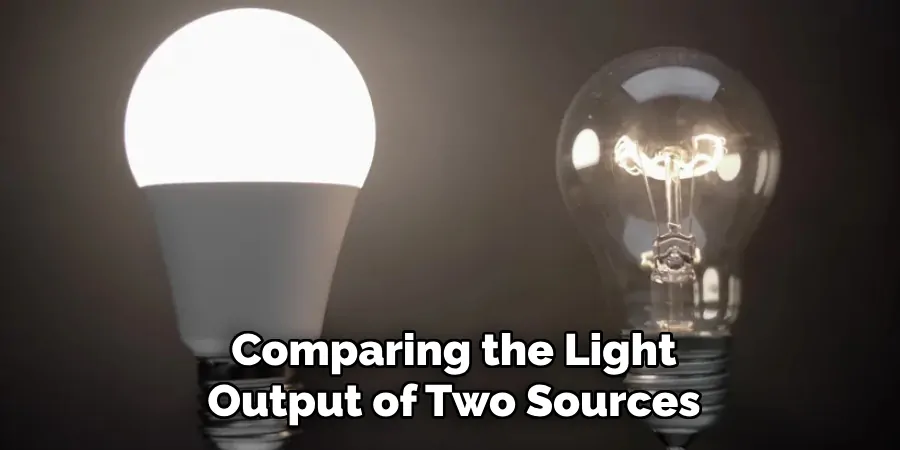
Place the two sources at a known distance from the sphere and take readings for each source. The difference between the two readings will give you an estimate of the lumen count.
8. Using a Light Depreciation Chart:
Light bulbs lose their brightness over time, and this is known as light depreciation. You can use a light depreciation chart (provided by the bulb manufacturer) to estimate the lumen count of an old bulb.
The chart will show how much light output is expected at a given point in its lifespan. Using a light meter, take a reading of the bulb and compare it to the chart to determine its lumen count.
9. DIY Light Meter:
If you feel crafty, you can create your own DIY light meter using materials such as an Arduino board, photoresistor, and other components. Several tutorials are available online on how to build one, and they can provide accurate results. However, this method requires some technical knowledge and equipment.
10. Using a Light Intensity Sensor:
Similar to a light meter, a light intensity sensor measures the amount of light emitted from a source. These sensors are relatively inexpensive and can be easily connected to a microcontroller or computer for data collection. This method is more suitable for those who are familiar with electronics and programming.
11. Seeking Professional Help:
If you need precise lumen measurements for professional or commercial purposes, it is best to seek the help of a professional lighting consultant. They have access to specialized equipment and knowledge to provide accurate readings. This method may be more costly but can ensure the most precise results.
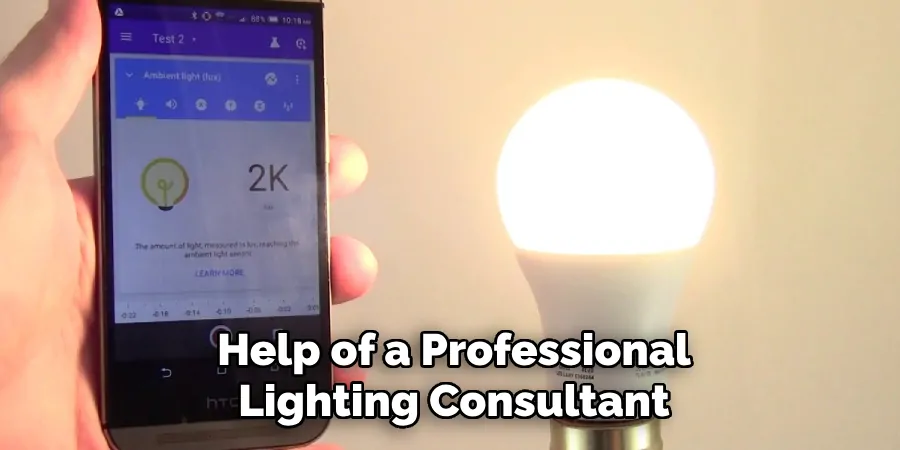
If you are still determining which method to use or need help with the testing process, a lighting consultant can also guide you in the right direction. So, no matter what your purpose is for determining light lumens, there is a suitable method for everyone!
Following these methods, you can accurately determine the lumen count of any light source and ensure proper lighting for your needs. This information can be especially helpful when deciding which bulbs or fixtures to use in different areas or for specific tasks. Regularly testing light lumens can help identify if a bulb needs replacing or an area needs more lighting. So remember to underestimate the power of knowing your light lumens!
Additional Tips and Tricks to Test Light Lumens
1. If you’re testing a light lumens for photography, make sure to use a color calibration chart to ensure that the colors are accurate. This will help you get the most accurate results for your photography.
2. When testing a light lumens for videography, it’s important to consider the flicker rate of the light. Some lights may have a flicker rate that can affect video quality and cause issues with frame rates. Be sure to test for this before using the light on set.
3. If you’re testing light lumens for art installations or displays, consider using different diffusion materials to achieve the desired effect. Different materials can diffuse light in different ways and give your installation a unique look.
4. When testing light lumens for event lighting, it’s important to consider the location and surroundings of the event. Factors such as natural light, reflective surfaces, and ambient lighting can all affect the effectiveness of your light. Be sure to test in the actual event space for the most accurate results.
5. If you’re testing light lumens for home use, consider using different color temperatures to create different moods and atmospheres. Warmer tones create a cozy and inviting feel, while cooler tones give off a more modern and sleek vibe.

6. When testing a light lumens for outdoor use, consider the weather conditions and how they may affect the light’s performance. Rain, wind, and extreme temperatures can all impact the effectiveness of your outdoor lighting. Be sure to test in different weather conditions to see how the light holds up.
7. If you’re testing light lumens for stage productions or performances, consider using different lighting techniques, such as gels and gobos, to add texture and dimension to the stage. These techniques can enhance the overall visual experience for the audience.
8. When testing light lumens for commercial or product photography, it’s important to consider the light’s color rendering index (CRI). This measures how accurately the light displays colors compared to natural light. A higher CRI can result in more accurate and vibrant product shots.
9. If you’re testing a light lumens for green screen photography or videography, make sure to use a light with a high color temperature (around 5600K) to reduce the risk of color spill on the green screen. This will make it easier to achieve clean and seamless keying.
10. Lastly, always consider the power source and energy efficiency of the light lumens you are testing. LED lights tend to use less energy than traditional incandescent or fluorescent lights, making them a more sustainable option for long-term use.
By following these additional tips and tricks, you can ensure that your light lumens testing is thorough and effective in any situation or setting. Keep experimenting and pushing the boundaries to discover new possibilities with light lumens!
So feel free to try out different techniques and materials to achieve the desired results for your specific needs. With proper testing and knowledge, you can make the most out of any light lumens and create stunning visuals in various applications. Happy testing!
Things You Should Consider to Test Light Lumens
1. The first thing you should consider when testing light lumens is the light bulb you use. Different types of bulbs, such as incandescent or LED, can produce different levels of lumens. Make sure to select the appropriate type of bulb for your specific test.
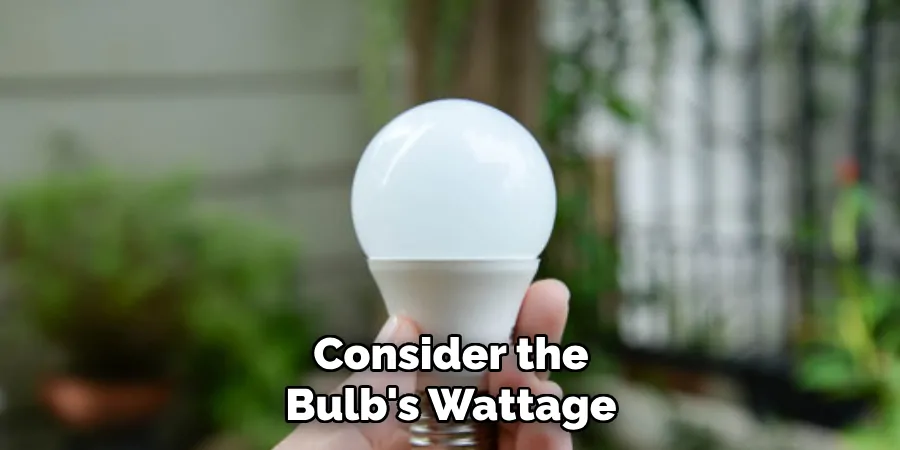
2. When testing lumens, it’s important to also consider the bulb’s wattage. A higher-wattage bulb will typically produce more lumens, so be sure to take this into account when conducting your test.
3. The distance between the light source and the measuring device should also be taken into consideration. The farther away the measuring device is from the light source, the lower the lumen reading may be. Be sure to keep a consistent distance for accurate results.
4. Another factor to consider is the angle at which the light is measured. The closer the measuring device is to the light source, the higher the lumen reading will be. To get an accurate measurement, measuring the light at a 90-degree angle from the surface it is illuminating is recommended.
5. Temperature can also impact lumen readings. A warmer temperature can decrease a bulb’s lumen output, while a cooler temperature may increase it. Conducting your test in a controlled environment to minimize external factors affecting the results is important.
6. The quality of the light being emitted should also be considered when testing lumens. Some bulbs may produce more lumens but with a lower color rendering index (CRI), resulting in a poorer quality of light. Make sure to take into account both lumens and CRI when choosing a light bulb.
7. It’s also important to test lumens at different points throughout the lifespan of the bulb. The lumen output may decrease over time as the bulb wears out, so it’s important to regularly test and monitor the lumens to ensure optimal performance.
Lastly, make sure to use a Select the Appropriate Type of Bulb when conducting your lumen test. This will ensure that your results are precise and consistent, allowing for an accurate comparison between bulbs or at different points.
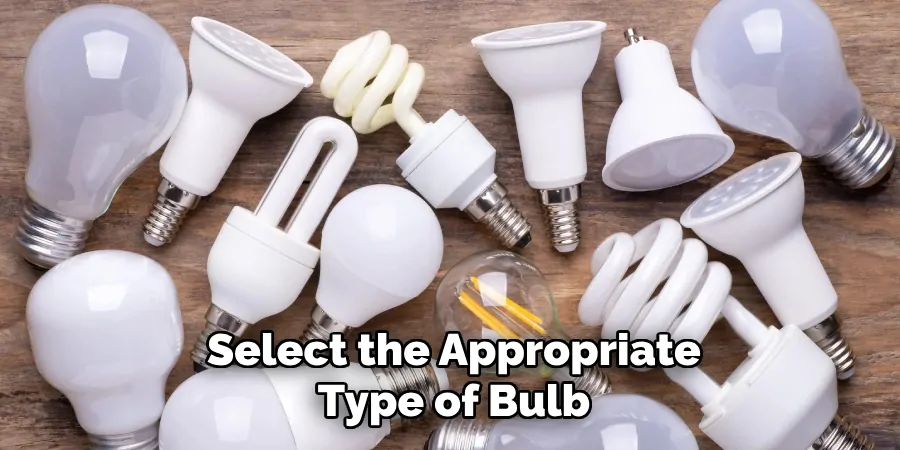
Following these considerations when testing light lumens will ensure that you get accurate and reliable results. It’s important to consider all of these factors to make informed decisions when choosing the right light bulb for your needs.
Remember to consult with a professional or refer to manufacturer specifications for specific guidelines and recommendations on testing lumens for certain bulbs. With proper testing, you can have confidence in your lighting choices and make the most out of your lighting experience. So, don’t hesitate to thoroughly test your light lumens before making a final decision! Happy testing!
Frequently Asked Questions
What is a Lumen?
A lumen is a unit of measurement used to quantify the amount of light emitted by a source. It measures the perceived brightness of light rather than just the energy it produces. The higher the lumen count, the brighter the light is perceived to be.
How Do I Test Light Lumens?
To test light lumens, you will need a device called a light meter. This device measures the amount of light in an area and displays it in units of lumens per square meter (lm/m²). To get an accurate measurement, make sure to keep the light meter at a distance of one meter from the source.
Can I Test Light Lumens Without a Light Meter?
While a light meter is the most accurate way to test light lumens, there are some alternative methods. One option is to use a smartphone app designed for measuring light levels. These apps use the camera on your phone to measure light and give a rough estimation of lumens.
How Do I Know If My Light Lumen Test Results Are Accurate?
When testing light lumens, it’s important to ensure accurate results. To do this, you can compare your measurements to the lumen output listed by the light source manufacturer. If there is a significant difference between your measurement and their claim, then there may be an issue with your testing method or equipment.
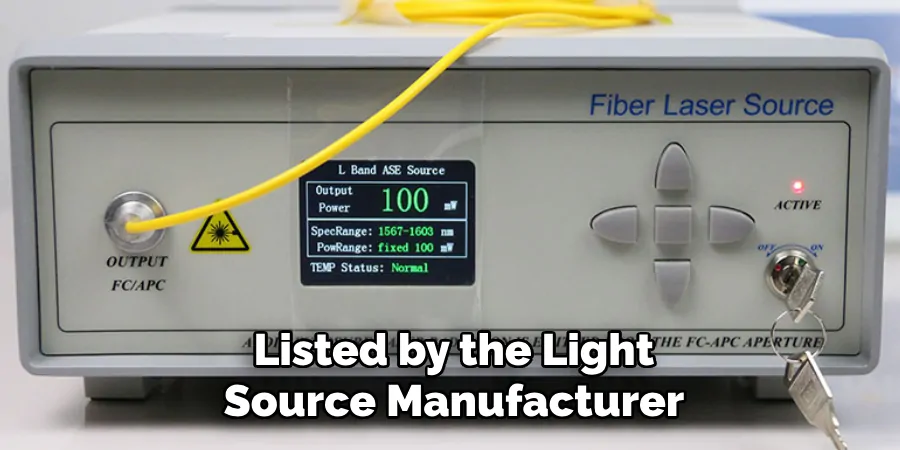
Do Different Light Sources Have Different Lumen Measurements?
Yes, light sources can have different lumen measurements even if they produce the same amount of light. This is because lumens measure perceived brightness, and different types of light sources can distribute light in varying ways. For example, a spotlight and a floodlight may produce 1000 lumens but will appear differently in brightness due to their beam angles.
Conclusion
Knowing how to test light lumens is essential for anyone working with lighting. By understanding the basics of lumens and having the necessary tools, you can accurately measure light levels and ensure proper lighting in your space.
Remember to always double-check your results and consult with a professional if you have any doubts or concerns about the accuracy of your measurements. So, be sure to keep these FAQs in mind when testing light lumens to ensure accurate and reliable results. Happy testing!

